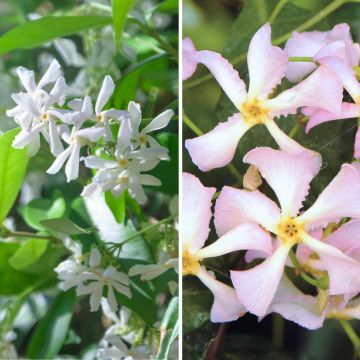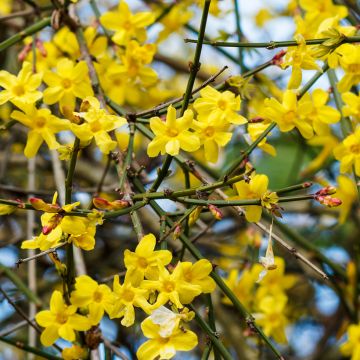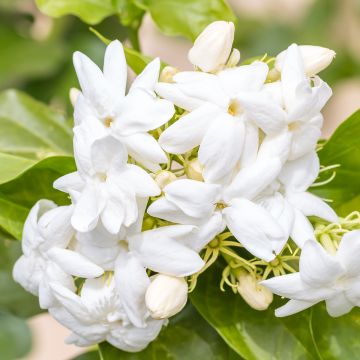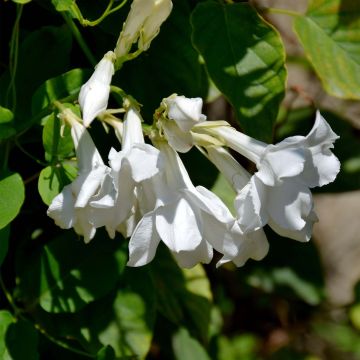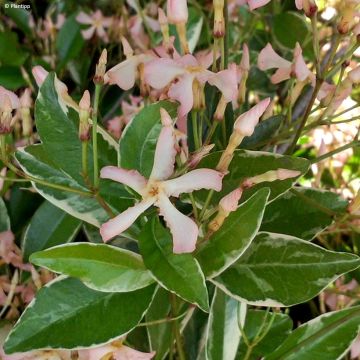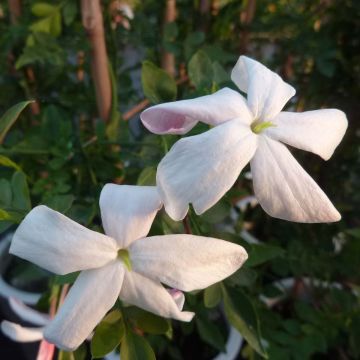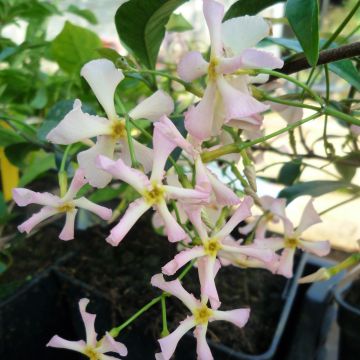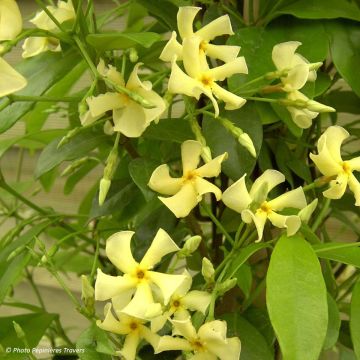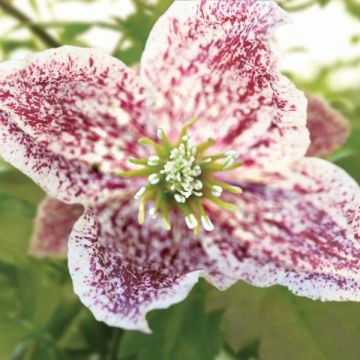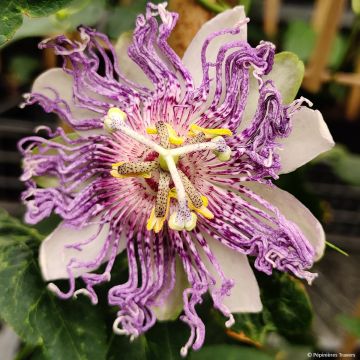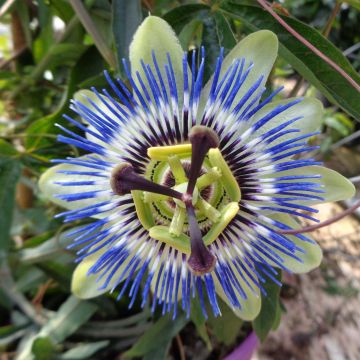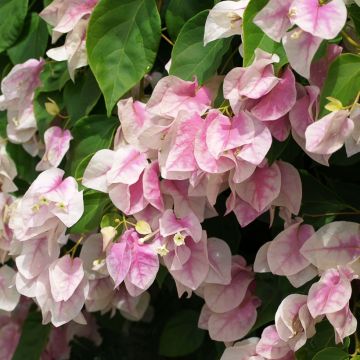

Jasmin - Jasminum multipartitum
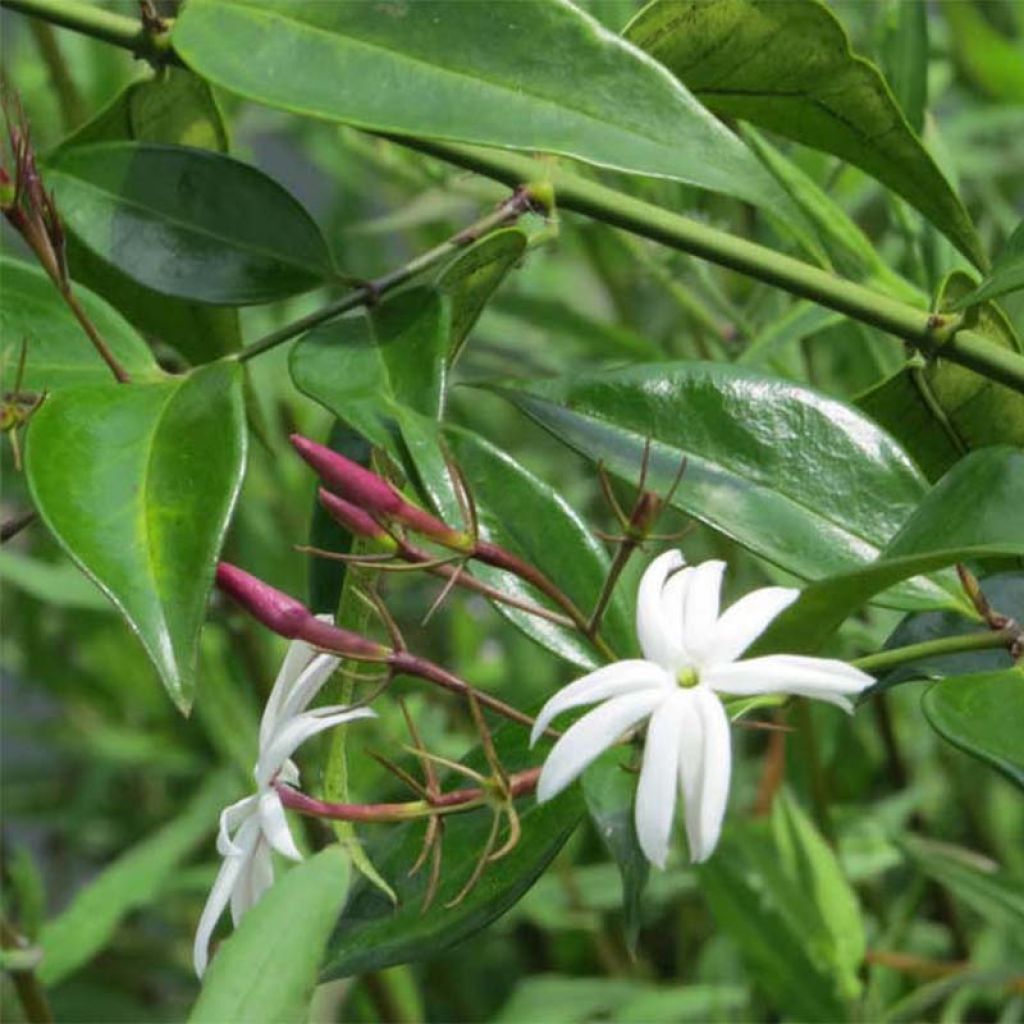

Jasmin - Jasminum multipartitum
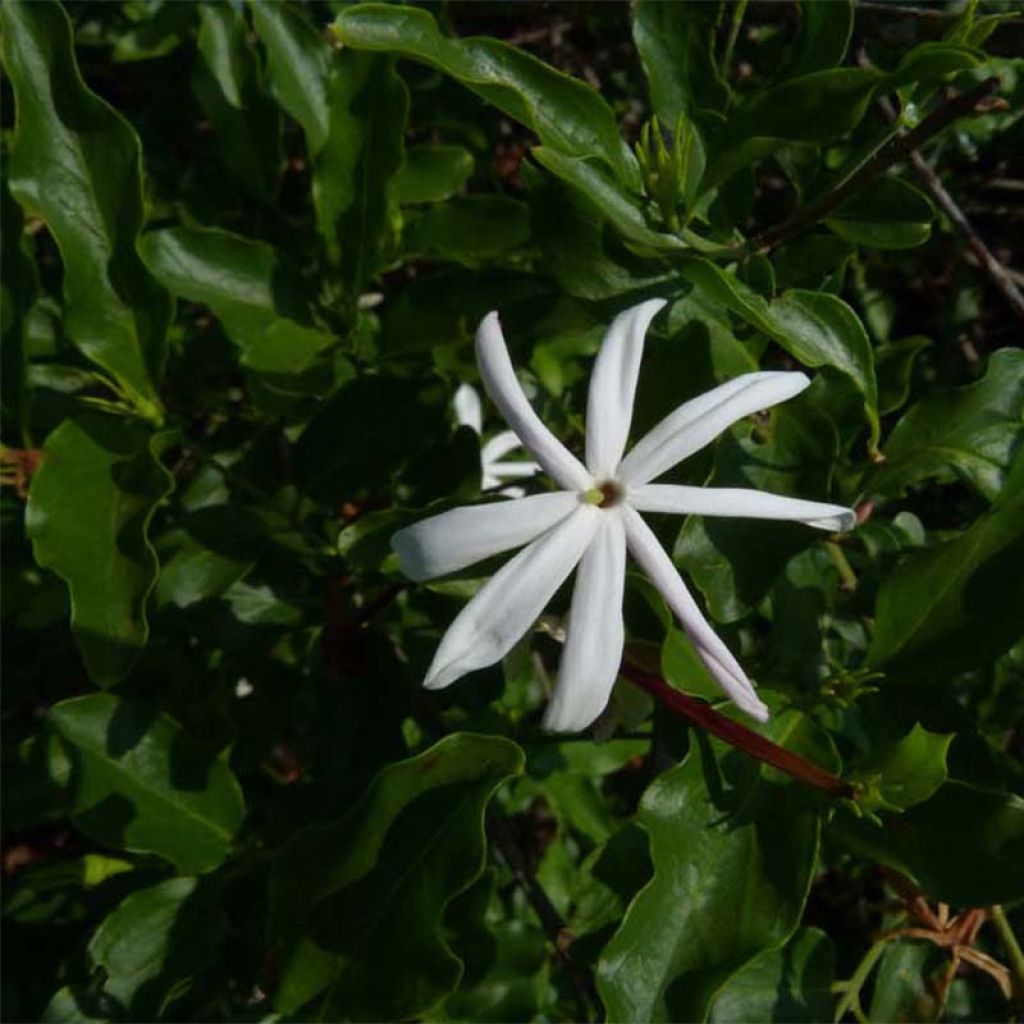

Jasmin - Jasminum multipartitum
Jasminum multipartitum - Starry Wild Jasmine
Jasminum multipartitum
Starry Wild Jasmine, African Jasmine
Special offer!
Receive a €20 voucher for any order over €90 (excluding delivery costs, credit notes, and plastic-free options)!
1- Add your favorite plants to your cart.
2- Once you have reached €90, confirm your order (you can even choose the delivery date!).
3- As soon as your order is shipped, you will receive an email containing your voucher code, valid for 3 months (90 days).
Your voucher is unique and can only be used once, for any order with a minimum value of €20, excluding delivery costs.
Can be combined with other current offers, non-divisible and non-refundable.
Home or relay delivery (depending on size and destination)
Schedule delivery date,
and select date in basket
This plant carries a 6 months recovery warranty
More information
We guarantee the quality of our plants for a full growing cycle, and will replace at our expense any plant that fails to recover under normal climatic and planting conditions.
Would this plant suit my garden?
Set up your Plantfit profile →
Description
Jasminum multipartitum (synonym Jasminum glaucum), known as African Jasmine or Starry Wild Jasmine, should not be confused with Trachelospermum jasminoïdes, commonly called Star Jasmine, another beautiful scented vine. This botanical species native to South Africa is little known despite its many advantages. Its habit is more bushy than climbing, compact enough not to clutter a terrace, its evergreen foliage is elegant, dark green and glossy, and its flowering period lasts from spring to summer. Its star-shaped flowers are large for a jasmine, and their fragrance is very pleasant, particularly sweet and delicate. It can only be grown in the ground in very mild climates, but it adapts well to container gardening, to be stored under cover.
The Wild Star Jasmine belongs to the Oleaceae family. Native to Africa, it is widespread in Mozambique, Zimbabwe, and Swaziland in South Africa. In the wild, this plant grows on rocky slopes or in thickets, in fairly harsh conditions. Not very hardy, this jasmine can be grown in the ground in areas where the temperature does not drop below -5°C for short periods. This creeping shrub has a more bushy than climbing habit. Without support, it will reach an average size of 1.5 metres (5 feet) in all directions, with fairly rapid growth. Its long branches guided on a support can climb up to 3 metres (10 feet), on a trellis or against a wall. The flowering period is long in moist soil, from May to August. In dry and hot climates, it has a resting period in August and resumes in September, with the return of rain. The plant produces panicles of pink buds that open into white flowers with 8 petals, of a good size, measuring 3 to 4cm (1 to 2in) in diameter. The foliage is composed of leaves divided into small oval to lanceolate leaflets, thick, dark green and glossy. The stems become woody and light brown with age, devoid of leaves. The young branches, which bear the foliage, are green, angular or channelled.
If its growth is guided, Jasminum multipartitum can climb on shrubs, trellises, arches, pergolas, stair railings, or balconies in favourable climates. If, on the other hand, it is allowed to grow freely, it forms a beautiful but slightly disorderly bush, which is preferable when grown in a pot and will need to be brought indoors in a greenhouse or conservatory for the winter. Place it on the terrace to fully enjoy its delicate and very pleasant fragrance, which is less overpowering than that of the majority of other jasmines. To accompany it, you can choose, for example, a compact-flowering clematis ('Alba Plena', 'Bicolor' or 'Cassis') or a winter-flowering evergreen clematis like Clematis cirrhosa.
Its highly fragrant flowers are used in perfumery, to scent tea, and are used in traditional remedies in Asia. The essential oil extracted from it is used in both perfumery and cooking. Its aroma can be found in maraschino cherries.
Report an error about the product description
Jasminum multipartitum - Starry Wild Jasmine in pictures
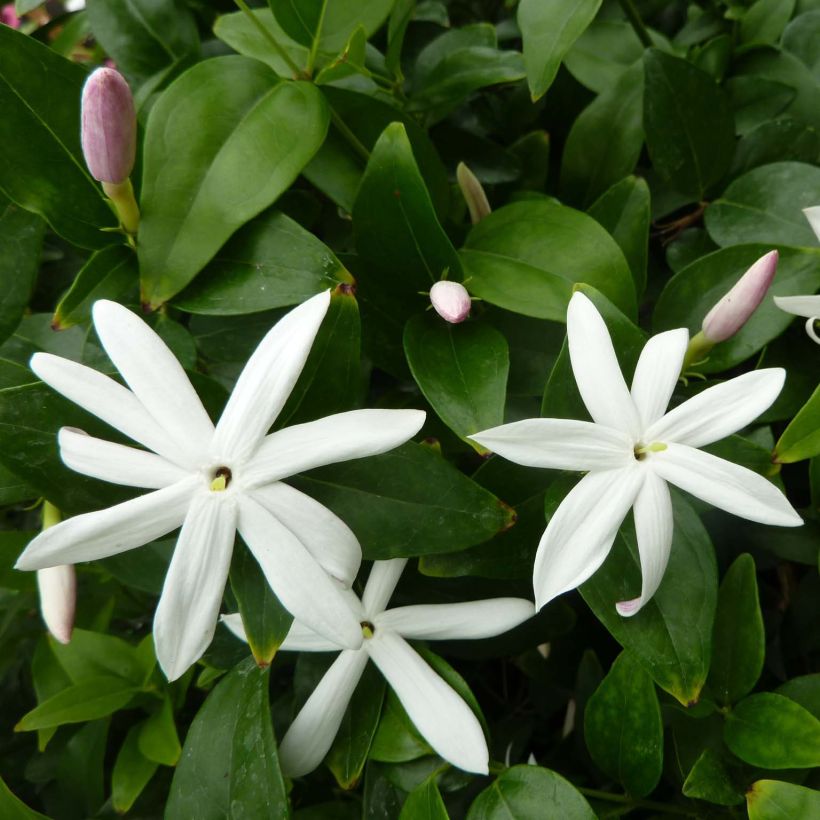

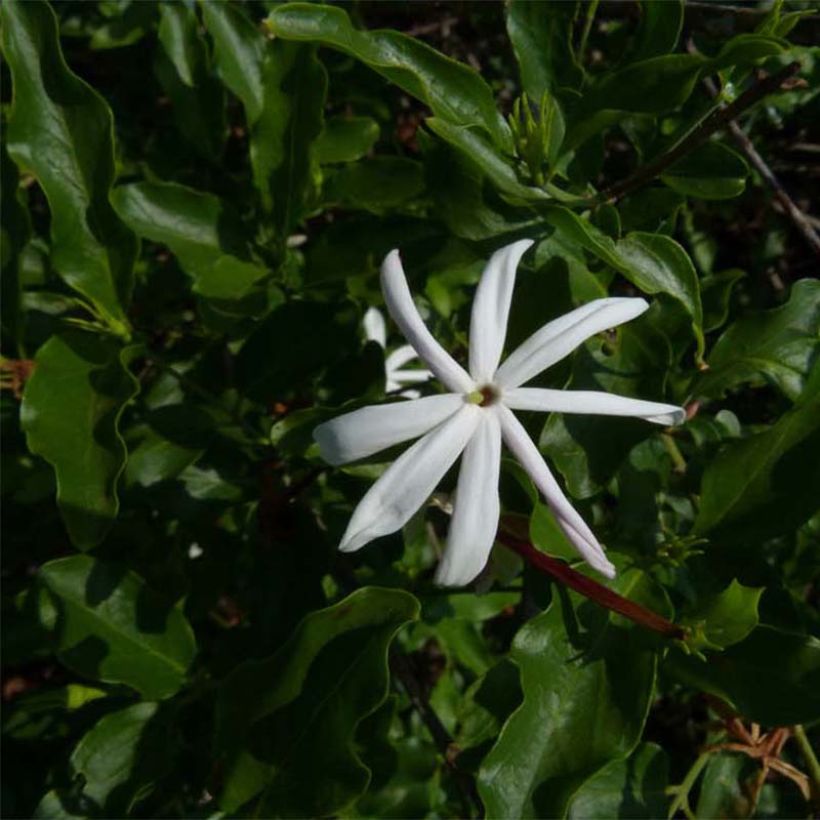

Plant habit
Flowering
Foliage
Botanical data
Jasminum
multipartitum
Oleaceae
Starry Wild Jasmine, African Jasmine
South Africa
Other Jasmine
View all →Planting and care
Jasminum grandiflorum is planted in open ground preferably in the spring in very mild regions. It can be planted in pots all year round. Plant it in a deep, fertile soil, kept moist to help it establish. It requires well-drained soil, and will thrive in a very sunny and sheltered position away from cold winds, or even in partial shade in a hot climate. Jasminum tolerates the presence of limestone in the soil, but not in excess. Mulch the base and water generously as soon as the flowers appear. When the temperature drops below -3°C (26.6°F), the above-ground parts freeze and turn black. But if the stump is well established and well protected, new shoots will emerge in spring. Pruning of the oldest stems (brown) is necessary in late winter, at the start of growth. This plant tolerates drought once established, but will be more floriferous if the soil remains slightly moist. It can tolerate partial shade, but flowering is more abundant in the sun. Avoid exposing it to cold drafts to preserve its flowers. Outside the very warmest areas, plant jasmine against a south-facing wall that will give it back some of its warmth.
For container cultivation: choose a 50cm (20in) container, with good rich, moist and light soil, specifically for Mediterranean plants. From early spring until mid-September, enrich with liquid fertiliser every 15 days, always on moist soil. In summer, it needs abundant watering, but in winter let the soil dry well between waterings. Jasmine is very vigorous even in a pot and can become bare at the base. In this case, old branches should be pruned to leave only 3 young shoots. In winter, place it in a veranda or a temperate greenhouse, around 16°C (60.8°F) and with plenty of light. Regularly spray the foliage with lime-free water to prevent attacks by red spider mites.
Planting period
Intended location
Care
This item has not been reviewed yet - be the first to leave a review about it.
Similar products
Haven't found what you were looking for?
Hardiness is the lowest winter temperature a plant can endure without suffering serious damage or even dying. However, hardiness is affected by location (a sheltered area, such as a patio), protection (winter cover) and soil type (hardiness is improved by well-drained soil).

Photo Sharing Terms & Conditions
In order to encourage gardeners to interact and share their experiences, Promesse de fleurs offers various media enabling content to be uploaded onto its Site - in particular via the ‘Photo sharing’ module.
The User agrees to refrain from:
- Posting any content that is illegal, prejudicial, insulting, racist, inciteful to hatred, revisionist, contrary to public decency, that infringes on privacy or on the privacy rights of third parties, in particular the publicity rights of persons and goods, intellectual property rights, or the right to privacy.
- Submitting content on behalf of a third party;
- Impersonate the identity of a third party and/or publish any personal information about a third party;
In general, the User undertakes to refrain from any unethical behaviour.
All Content (in particular text, comments, files, images, photos, videos, creative works, etc.), which may be subject to property or intellectual property rights, image or other private rights, shall remain the property of the User, subject to the limited rights granted by the terms of the licence granted by Promesse de fleurs as stated below. Users are at liberty to publish or not to publish such Content on the Site, notably via the ‘Photo Sharing’ facility, and accept that this Content shall be made public and freely accessible, notably on the Internet.
Users further acknowledge, undertake to have ,and guarantee that they hold all necessary rights and permissions to publish such material on the Site, in particular with regard to the legislation in force pertaining to any privacy, property, intellectual property, image, or contractual rights, or rights of any other nature. By publishing such Content on the Site, Users acknowledge accepting full liability as publishers of the Content within the meaning of the law, and grant Promesse de fleurs, free of charge, an inclusive, worldwide licence for the said Content for the entire duration of its publication, including all reproduction, representation, up/downloading, displaying, performing, transmission, and storage rights.
Users also grant permission for their name to be linked to the Content and accept that this link may not always be made available.
By engaging in posting material, Users consent to their Content becoming automatically accessible on the Internet, in particular on other sites and/or blogs and/or web pages of the Promesse de fleurs site, including in particular social pages and the Promesse de fleurs catalogue.
Users may secure the removal of entrusted content free of charge by issuing a simple request via our contact form.
The flowering period indicated on our website applies to countries and regions located in USDA zone 8 (France, the United Kingdom, Ireland, the Netherlands, etc.)
It will vary according to where you live:
- In zones 9 to 10 (Italy, Spain, Greece, etc.), flowering will occur about 2 to 4 weeks earlier.
- In zones 6 to 7 (Germany, Poland, Slovenia, and lower mountainous regions), flowering will be delayed by 2 to 3 weeks.
- In zone 5 (Central Europe, Scandinavia), blooming will be delayed by 3 to 5 weeks.
In temperate climates, pruning of spring-flowering shrubs (forsythia, spireas, etc.) should be done just after flowering.
Pruning of summer-flowering shrubs (Indian Lilac, Perovskia, etc.) can be done in winter or spring.
In cold regions as well as with frost-sensitive plants, avoid pruning too early when severe frosts may still occur.
The planting period indicated on our website applies to countries and regions located in USDA zone 8 (France, United Kingdom, Ireland, Netherlands).
It will vary according to where you live:
- In Mediterranean zones (Marseille, Madrid, Milan, etc.), autumn and winter are the best planting periods.
- In continental zones (Strasbourg, Munich, Vienna, etc.), delay planting by 2 to 3 weeks in spring and bring it forward by 2 to 4 weeks in autumn.
- In mountainous regions (the Alps, Pyrenees, Carpathians, etc.), it is best to plant in late spring (May-June) or late summer (August-September).
The harvesting period indicated on our website applies to countries and regions in USDA zone 8 (France, England, Ireland, the Netherlands).
In colder areas (Scandinavia, Poland, Austria...) fruit and vegetable harvests are likely to be delayed by 3-4 weeks.
In warmer areas (Italy, Spain, Greece, etc.), harvesting will probably take place earlier, depending on weather conditions.
The sowing periods indicated on our website apply to countries and regions within USDA Zone 8 (France, UK, Ireland, Netherlands).
In colder areas (Scandinavia, Poland, Austria...), delay any outdoor sowing by 3-4 weeks, or sow under glass.
In warmer climes (Italy, Spain, Greece, etc.), bring outdoor sowing forward by a few weeks.






























